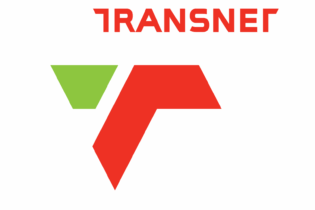Big data can translate into big profits for your business. But, much like a new language, you need to put effort into understanding the numbers or else they won’t mean much at all.
That is exactly what a growing number of companies are doing. According to a 2012 SAS-MIT survey, with 2,500 respondents from over 20 industries, more than two-thirds indicated that they are using analytics to improve overall performance. But with so many processes that need improvement using the masses of available data, it can be tough to figure out where to focus first. Good starting points across a range of industries that offer high potential in the near term are visualising delivery routes, pinpointing future demand and simplifying distribution networks. Before you can focus into these areas, you need to learn how to get the numbers talking your language. “The ultimate goal is to convert the mass of unstructured data into useful analytics that help to improve service, reduce costs, improve inventory management and increase profits,” says BASF senior manager for SC Capability Development, Alan Millken. So what exactly does it take to transform the masses of available supply chain-related data to business intelligence including analytics? Step one is data mining: the process of extracting information from a data set and transforming it into a usable structure, supports analytics. “With today’s software, it is possible for this process to be fully automatic using algorithms supported by advanced statistics, math and software programmes,” says Milliken. “Or, if you prefer, the mining process can be interactive and driven by the end user.”According to Milliken, online analytical processing (OLAP) of multi-dimensional data cubes – like customer, location and sales – can be integrated into advanced planning software to enable reporting. This way it can also support the aggregation, drilling-down and slicing and dicing of the data. “Operationally, it is also possible for users to develop their own custom analytics,” he says. For example, deploying end user-defined filters or rules to find exceptions to a given rule. “The data-mining tool may be programmed to do cluster analysis, detect anomalies in the data, or apply association rules,” he says.
All of the above may seem like Greek to some, but Milliken assures that with perseverance, the numbers start making sense. “My upcoming presentation at SAPICS 2015 is about sharing the journey – because that is what it is – to becoming an ‘analytics practitioner’,” he says. The presentation will start by focusing on the more narrow definition of the terms ‘analytics’ and ‘data mining’ in supply chain management. “We will employ practical supply chain examples of structuring data to support reporting, data mining and analysis, as well as how to use descriptive analytics, for example reports, KPIs, and dashboards, to report performance, determine what happened, why it happened and plan for change.” The presentation will also cover how to use predictive analytics to improve such processes as forecasting, customer relationship management and inventory control, as well as how to build basic decision models that use decision logic or business rules to optimize outputs. “Participants will leave prepared to improve the use of big data at their firm,” he says. In a related presentation on supply chain data, Inventory Optimisation Systems Manager for UTi, Hannari van Gend, will demonstrate how data visualisation software can be used to help drive improvements across an organisation’s supply chains. “We will use real-life examples to show how improvements were realised, while sharing the process that was followed from software selection through to implementation,” says van Gend about her workshop entitled: Data Visualisation – Monitoring Your Supply Chain’s Pulse. “We will also cover the main challenges and benefits that have been experienced.”







